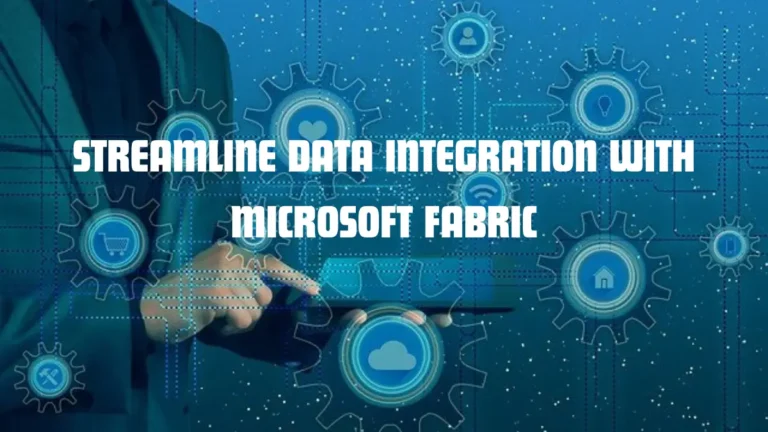When we think of what’s hot and trendy in the world of technology today, a few innovations come to mind. Artificial intelligence, blockchain, and augmented reality, for instance, are notable buzzwords that your average Joe has an inkling about. However, there’s one important thing that we missed: data science.
We’re arguably in the age of the digital renaissance, where technology’s current trajectory will have a significant impact on our lives – the way we work, communicate, and understand our world. A part of this new age is data, whose power has been acknowledged by individuals and organizations alike.
What exactly makes data so powerful? The answer to that question is pretty simple. As our world transitions to a world that places data on a high pedestal, making better decisions will allow us to act with precision in whatever we do. That being said, you can just imagine how meaningful data can be for organizations that have to make serious business decisions.
With data now touted as digital gold, there’s a lot of work being done to glean more meaningful insights from it. That’s where data science steps into the picture. For many years, a lot of data has been simply stored in our files, becoming stale and unused. To think that there’s a branch of science dedicated to finding innovations within this promising space is a fascinating idea.
Now, let’s walk you through what the future holds for data science. No, we don’t have a crystal ball, but we can tell with a high level of confidence where the trends and trajectories seem to be heading, especially with the integration of artificial intelligence (AI) and machine learning (ML) in data science.
Small Data and TinyML
Big Data has stolen all the spotlight in recent times. Let’s not forget that Small Data is just as important – yes, there is such a thing. The opposite of Big Data, Small Data is exactly what its name implies, which means data sets of small volumes.
In this case, bigger isn’t always better in data science. Sure, large data sets can allow extensive data analysis, but small data sets can hold their own ground by having their own significance. You can particularly find its major application in real-time decision-making scenarios, just like when driving a car or managing your brand-new smart devices at home.
Tiny Machine Learning (TinyML) is likely to emerge as another trend together with small data. There’s no ‘big’ in the word ‘tiny’, but it’s bound to make a huge impact when coupled with small data. At its core, TinyML is the practice of deploying machine learning models that have insufficient computational resources.
Its excellent synergy with small data can be shown through efficient data usage, for instance. Small data principles can be incorporated into TinyML by only feeding the necessary data to machine models, thereby optimizing machine performance.
Data Privacy and Security
The inclusion of data privacy and security can be a shocker, but we’ll explain why it was added shortly. Because it is now considered a precious digital commodity, data had to be protected and therefore, regulated. One of the more well-known regulations on data is the General Data Protection Regulation, also known as GDPR, which acts as the framework for many data privacy policies around the world.
However, this policy was established back in 2016. Why is data protection still a trending topic? When we add generative artificial intelligence1 to the conversation, a lot of privacy concerns pop up – making businesses extra cautious when using their data for AI models.
Data Automation
Speaking of the latest trends, not including data automation in this list would be a massive oversight. Its use to businesses cannot be understated; after all, it does help cut costs and simplify operations.
Automating any data-related processes is a net positive for any organization. With the consistency of automation, data quality can be almost guaranteed. The generation of data reports will be a whole lot simpler, cutting back the amount of time needed for this process.
Blockchain in Data Security
The last trend to snag a spot in our list is blockchain, another significant buzzword. Blockchain is known for being immutable, ensuring the data’s integrity when stored.
Besides that, it’s also decentralized, without any central authority. Decentralization is a core principle of blockchain technology which ensures that no one person or entity has full control over the whole network.
As ironic as it may sound, transparency is a crucial element of data security, but this is where blockchain gains its edge. This transparency ensures that each user can independently verify the integrity of data in the network.
In Conclusion
Data science is poised to make big moves in these coming years. With the integration of new technologies such as AI, ML, and blockchain, who knows what’s coming in the future? With a field showing so much promise, it only helps to stay updated. Facts that are true today can change tomorrow.




